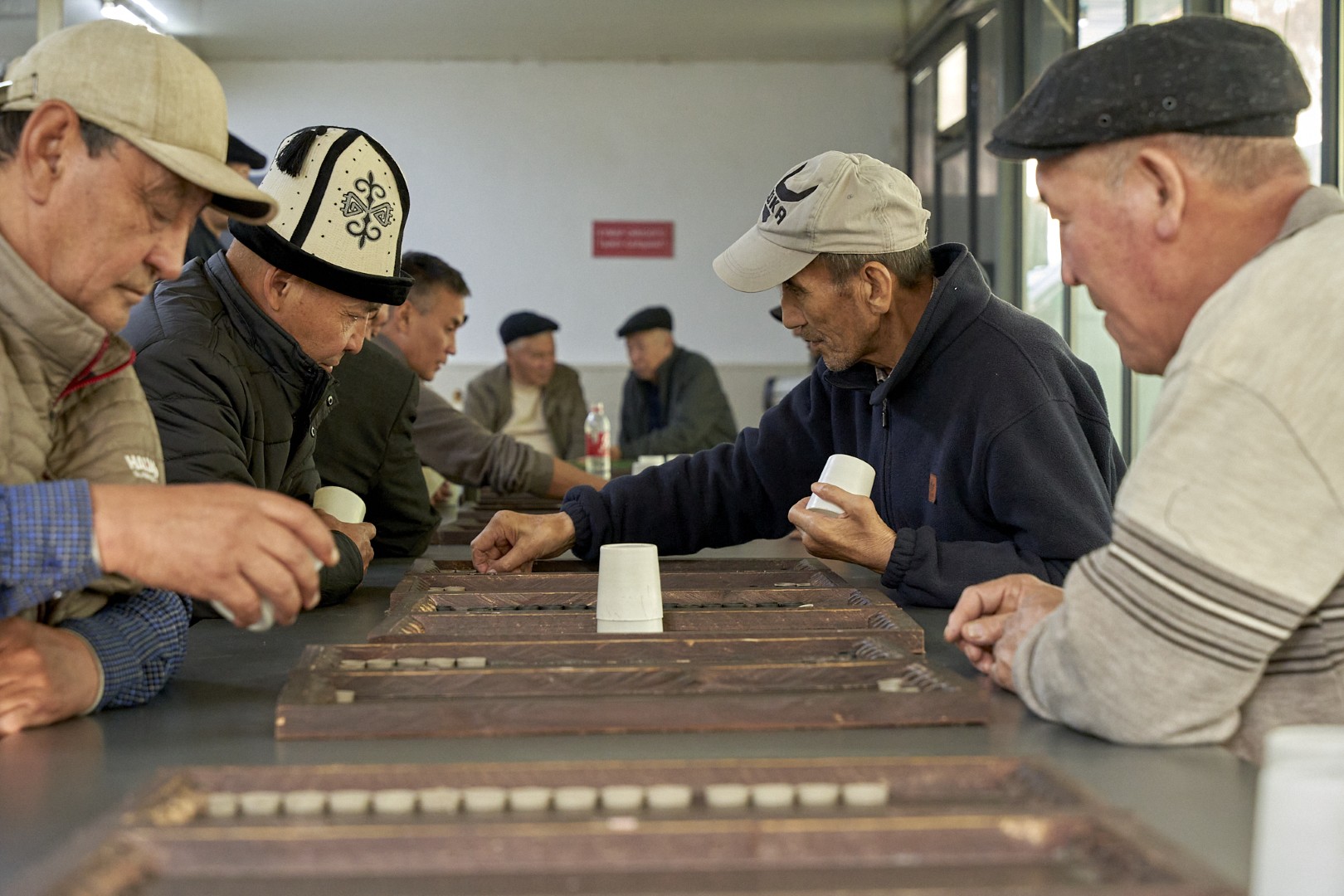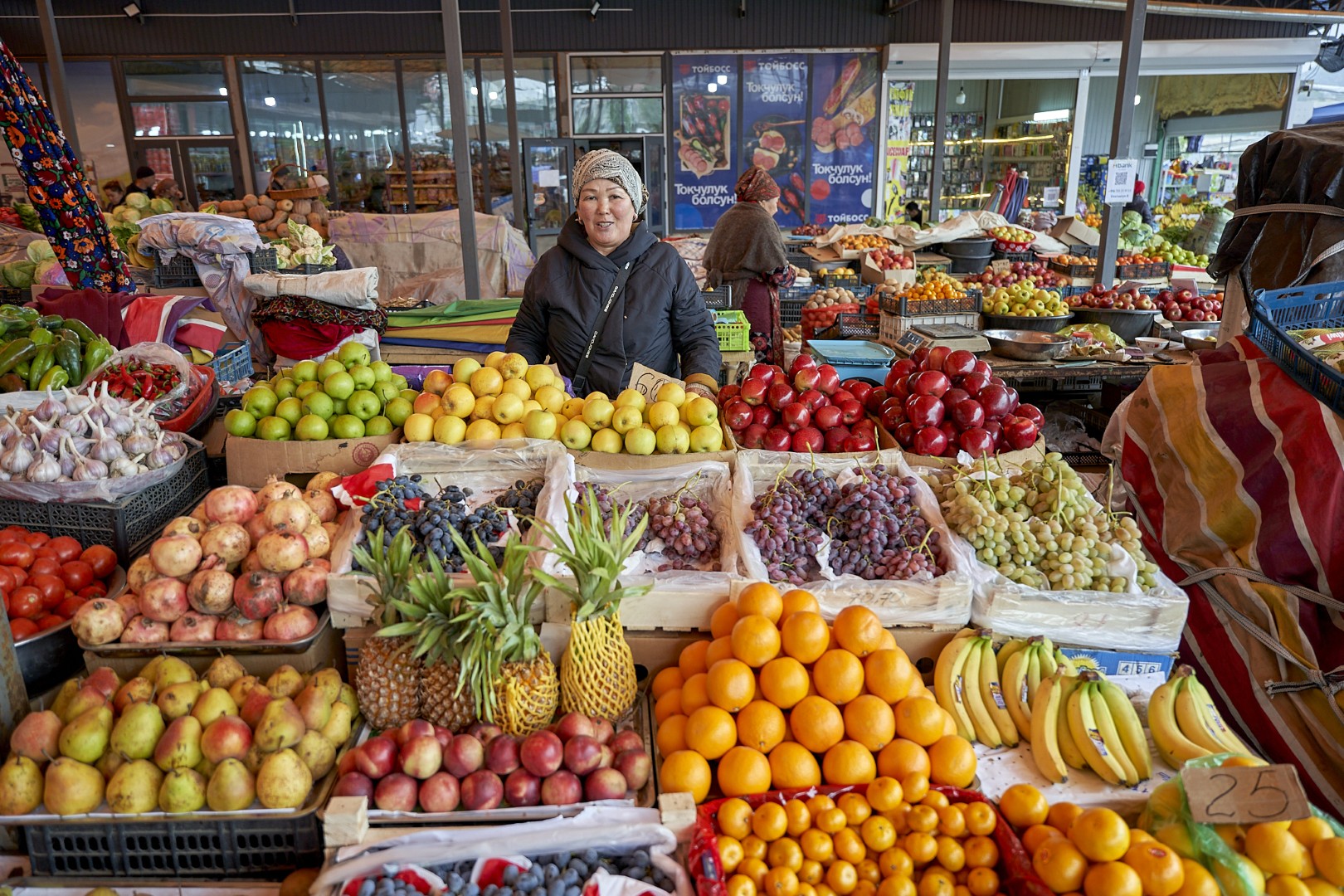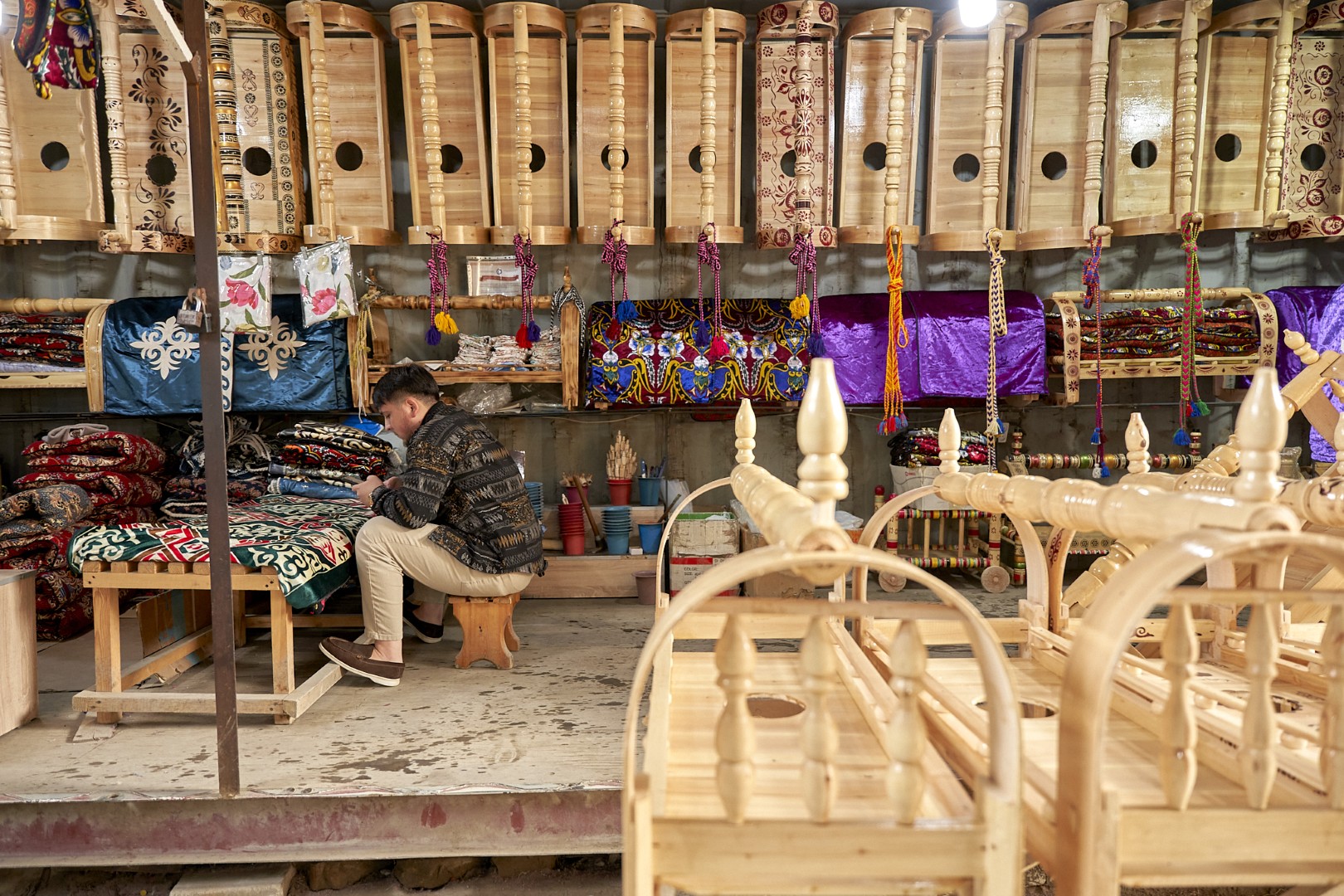
Old Bazaar
Historical civilisations change one after another, khanates, empires and even countries appear and disappear, but in millennia-old Osh, its old bazaar, nestled on the banks of the Ak-Buura River and along the sloping hillsides, remains unchanged.
It survived the birth and decline of the Karakhanid era, the campaigns of the descendants of Genghis Khan, seizure by the Shaybanid dynasty, endless upheaval during the reigns of the khanates, conquest by the Russian Empire, years of civil war and the collapse of the USSR.
The centuries-old history of Osh is inextricably linked to its numerous bazaars, which flow like arteries through the city blocks to the old bazaar, the heart of all Osh. The old bazaar is still as lively, noisy and crowded as ever. Even its location has not changed; its territory has only expanded with new pavilions.
For Osh, bazaars have always been more than just an area of lively trade. They have connected and united peoples and countries, cultures and languages, customs and habits, religions and traditions. This is particularly evident in the cuisine of Osh and the diversity of its old bazaar.
Locations of the Tour
- Teshik-TashTeshik-Tash is one of the oldest and most colorful passageways to the bazaar, dating back to ancient times. Long ago, it was the most common descent from residential quarters, laid out along the rocky soil on the precipices. Probably, it is from here that the name of this old passage, “Teshik-Tash”, which literally means “pierced stone,” derives. The inhabitants used this path to go down to the bazaar without crossing the river.
- DiversityStart your leisurely stroll through the old bazaar with a piala, the traditional teacup, of fragrant green tea. Stop by one of the local teahouses in the old part of the bazaar. According to an unwritten tradition, a trip to the bazaar starts with a visit to a teahouse located along the Ak-Buura bank. Sitting on long benches, eating soft halwa or golden navat candy, enjoying tea and leisurely conversation, locals learn all the main bazaar news before going shopping.
- ArtisansThe old bazaar is famous for its artisans, who cherish and preserve the secrets of their handicrafts, and whose wares are still in demand among the locals. They are valued over mass-produced alternatives for their quality and durability.
- Blacksmiths’ RowThe blacksmiths’ row is situated on the bank of the Ak-Buura, in the most colourful part of the old bazaar, as it has been for over a thousand years. Every morning there is the ringing of hammers on anvils. Aptitude, dexterity and stamina, multiplied by many years of tradition, are the defining qualities of a real blacksmith.
- Altyn BazaarStart your walk around the old bazaar at one of the oldest passageways on Lenin Street, near the historical Sheyit-Tepe neighborhood. It is not visible from the street, as the passageway is hidden by billboards. It is a narrow, somewhat winding passageway between residential houses and commercial premises built along a precipice.
- History of the BazaarOsh’s old bazaar dates back to the founding of the city, some three thousand years ago. Today, many of the smaller local bazaars have disappeared or changed locations, and only the old bazaar remains the same, at home on the banks of the Ak-Buura.

Other Locations
-
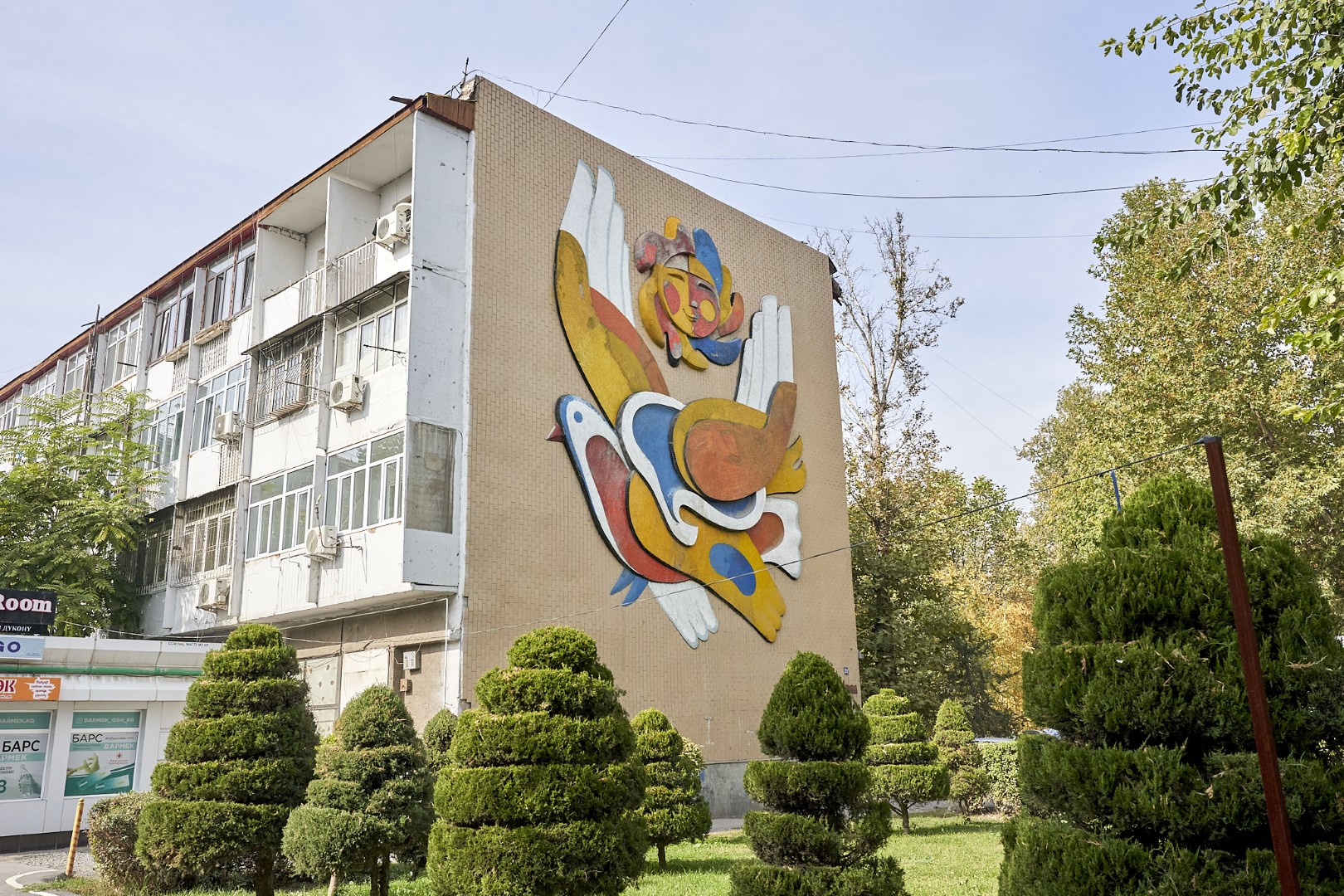
Mosaics as symbols of the era
Monumental mosaics, still preserved on some buildings in Osh, are an instantly-recognizable hallmark of the Soviet period in the history of the city. The first…
-
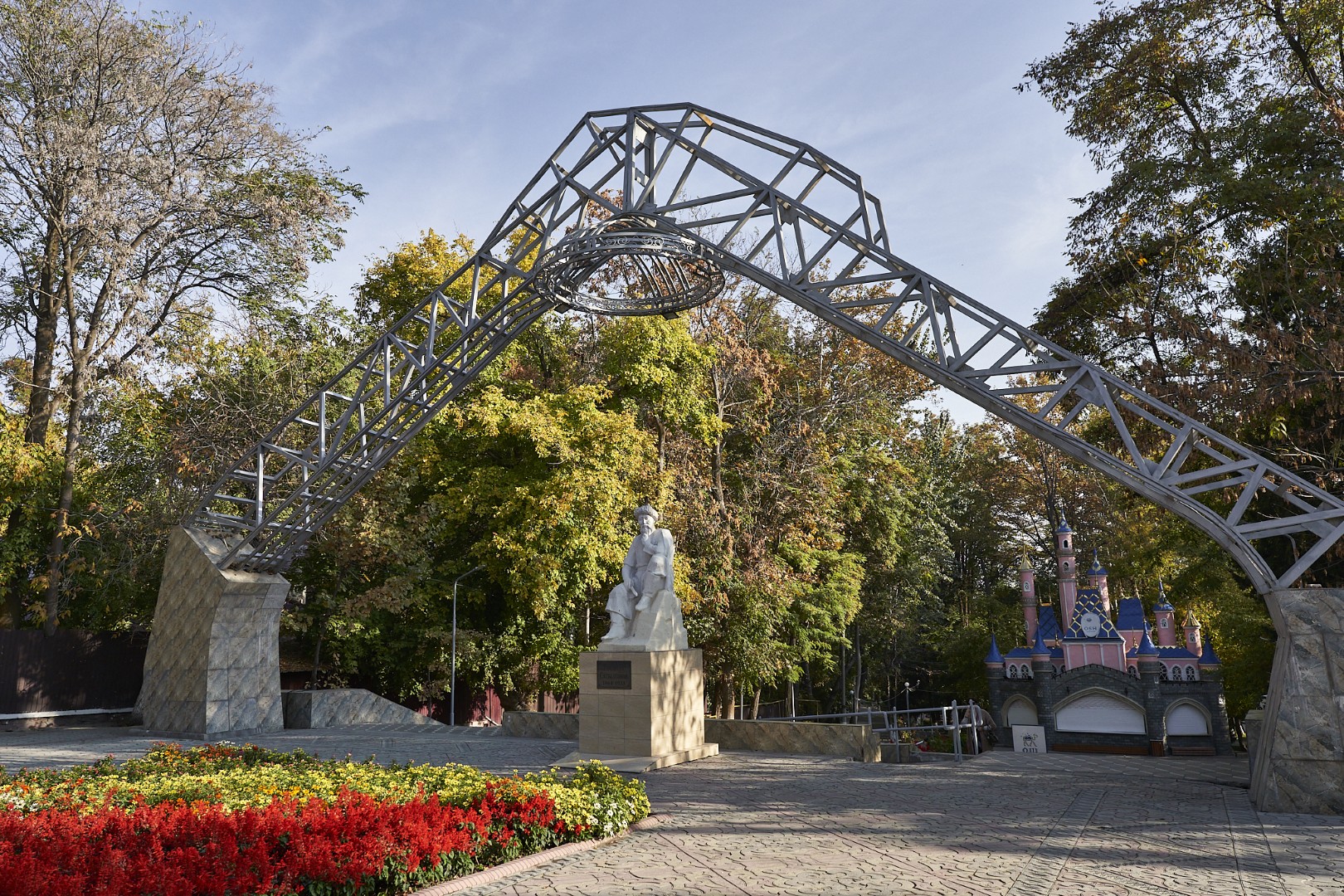
Toktogul Park
One of the oldest city parks in Osh, Toktogul Park was founded in 1878 as the city garden of the Governor-General. During the same period,…
-

Bridges and Ak-Buura
Osh is a city of countless small bridges. Walking around the city, we often do not notice that we are crossing them, and that below…
-
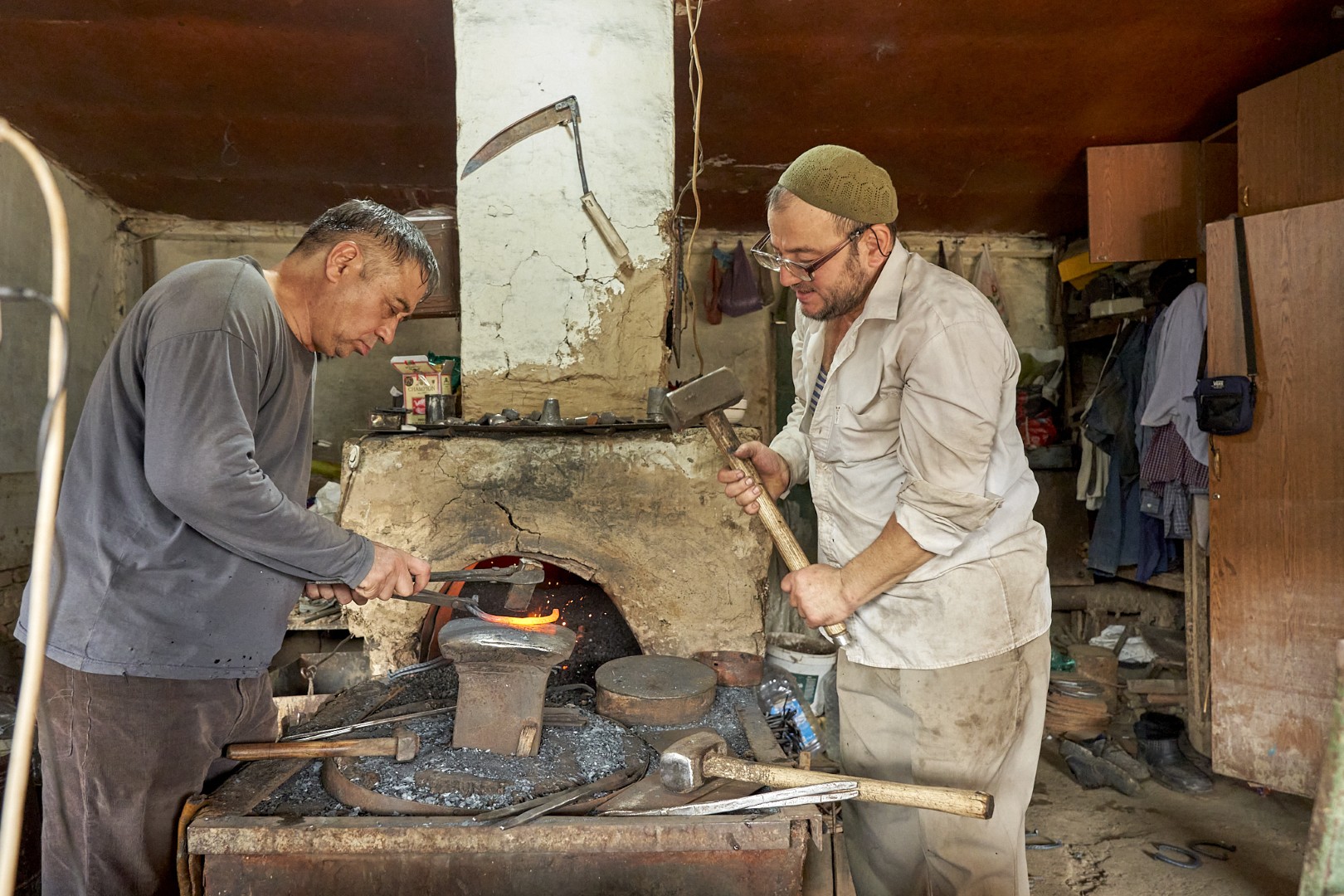
Blacksmiths’ Row
The blacksmiths’ row is situated on the bank of the Ak-Buura, in the most colourful part of the old bazaar, as it has been for…
-
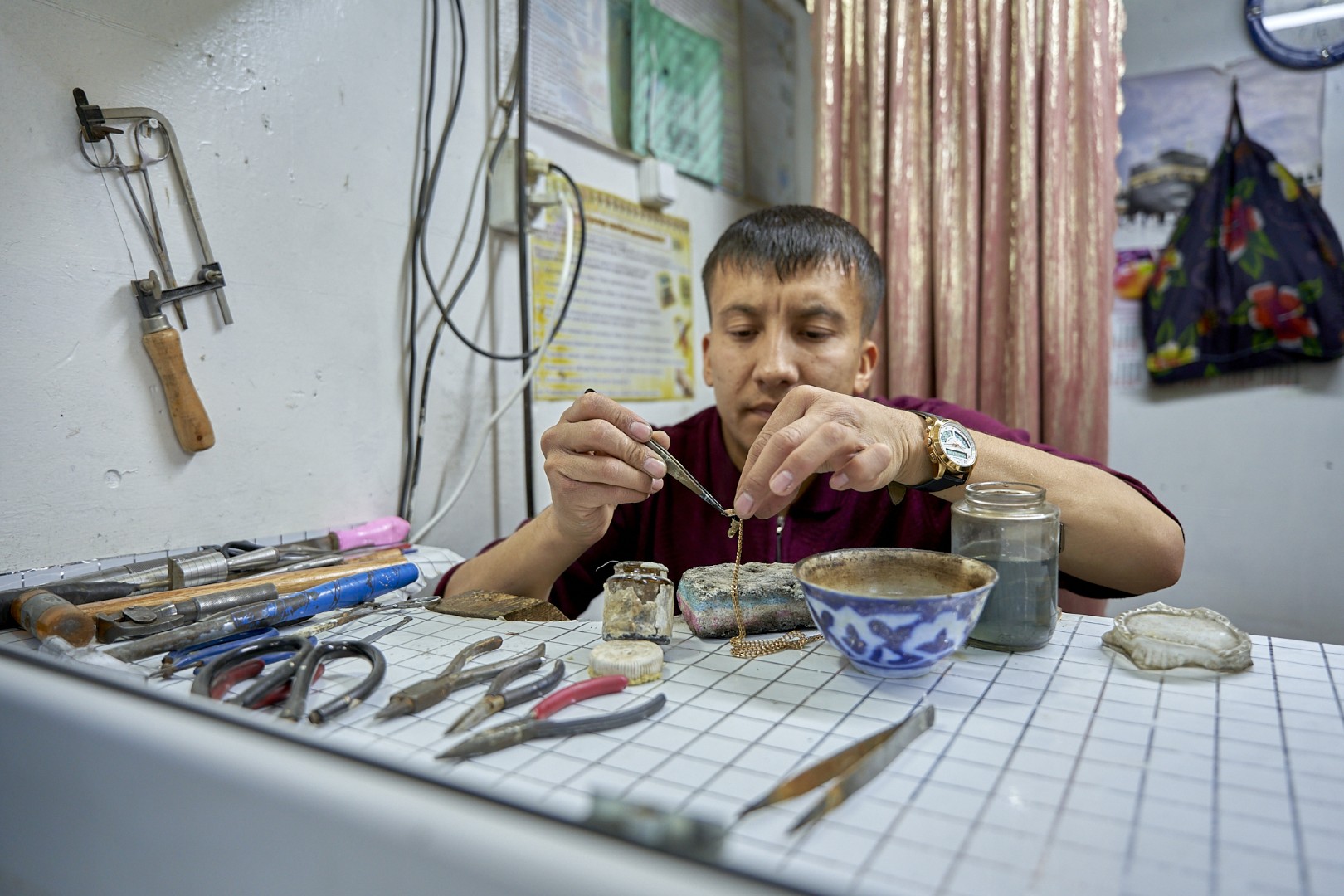
Altyn Bazaar
Start your walk around the old bazaar at one of the oldest passageways on Lenin Street, near the historical Sheyit-Tepe neighborhood. It is not visible…
-
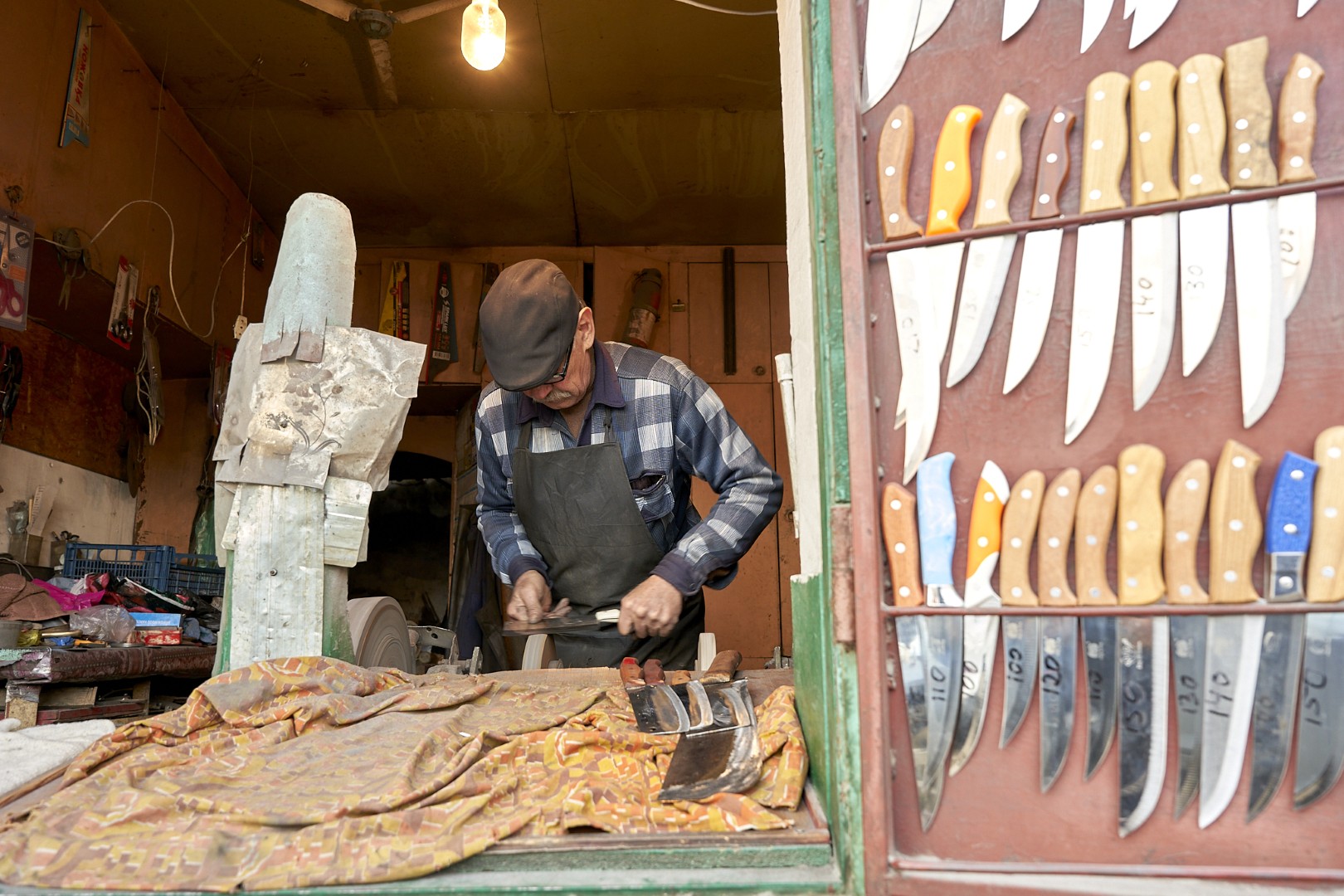
Artisans
The old bazaar is famous for its artisans, who cherish and preserve the secrets of their handicrafts, and whose wares are still in demand among…
-
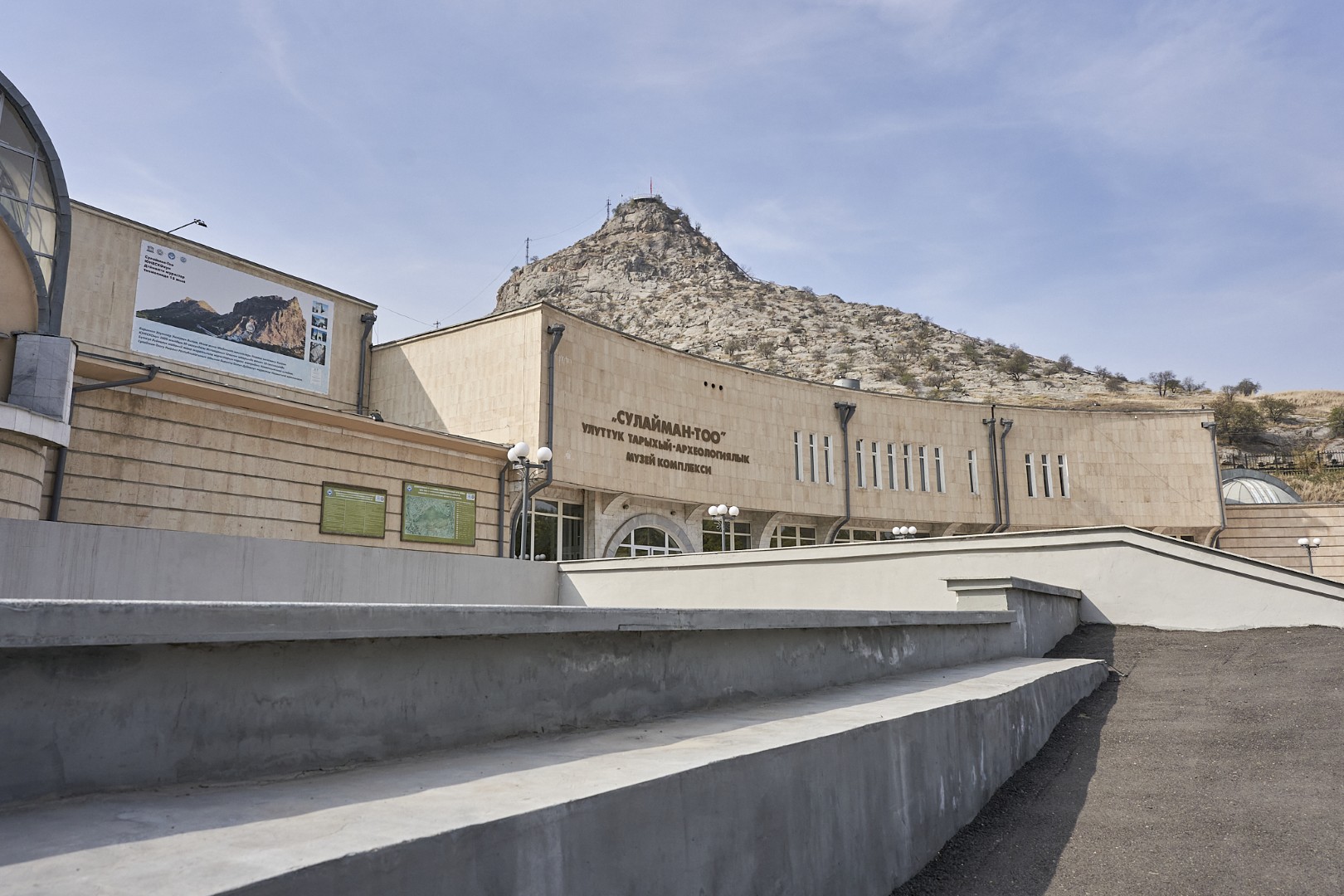
“Zero Milestone”: At the foot of Suleiman Mountain
The square at the foot of Suleiman Mountain’s north face has not always been the open and lively place it is today. Until the 1970s,…
-
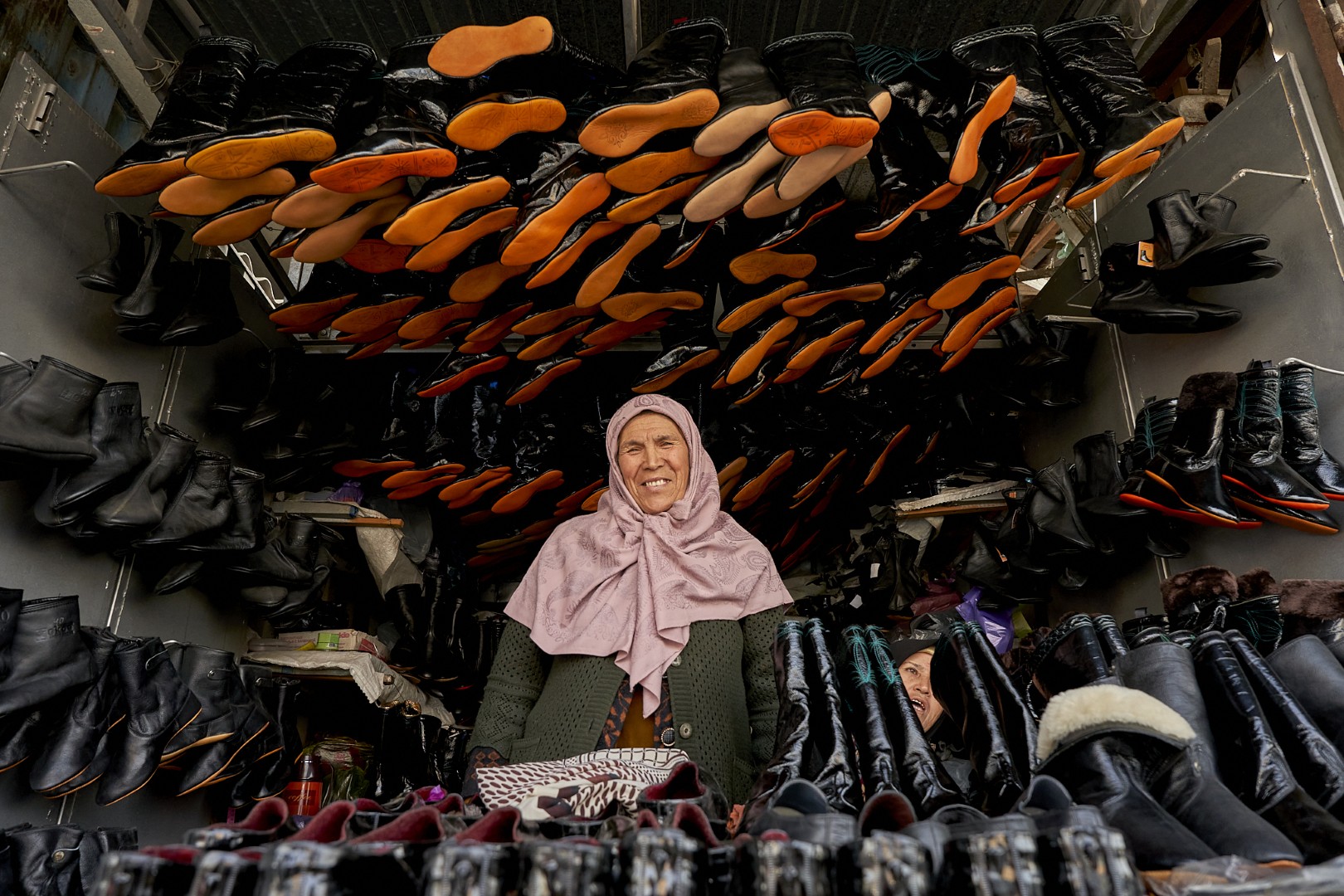
Teshik-Tash
Teshik-Tash is one of the oldest and most colorful passageways to the bazaar, dating back to ancient times. Long ago, it was the most common…
